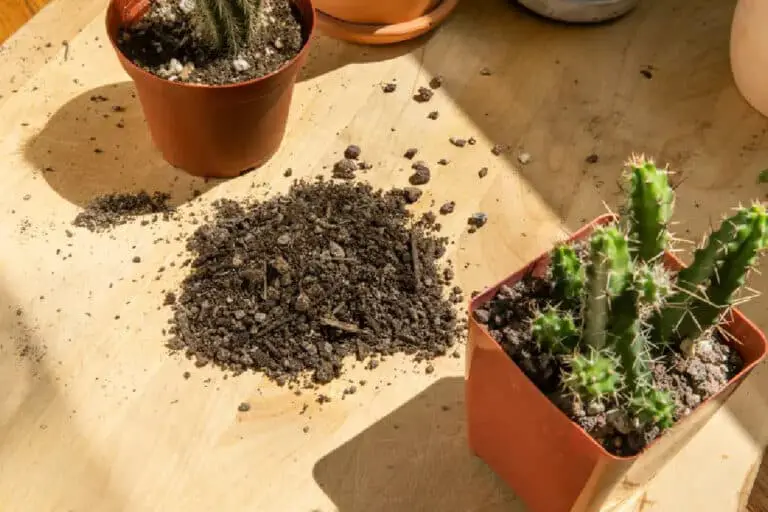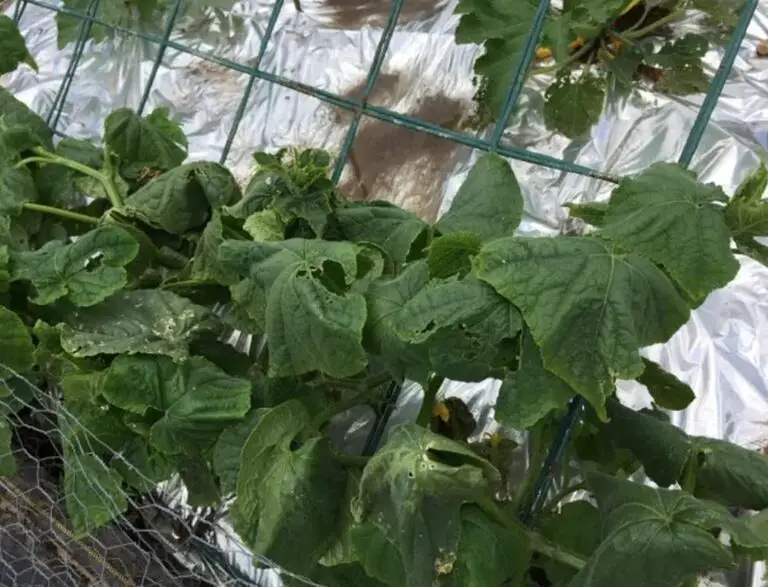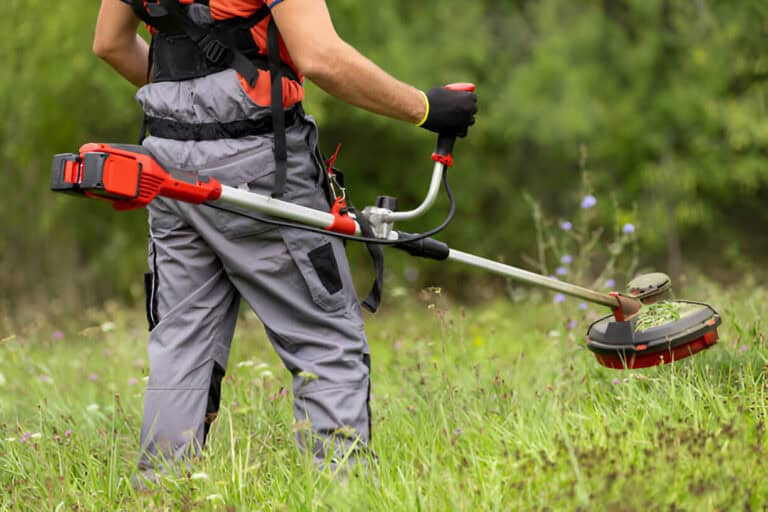Why Is My Cactus Squishy? How to Save A Rotting Cactus
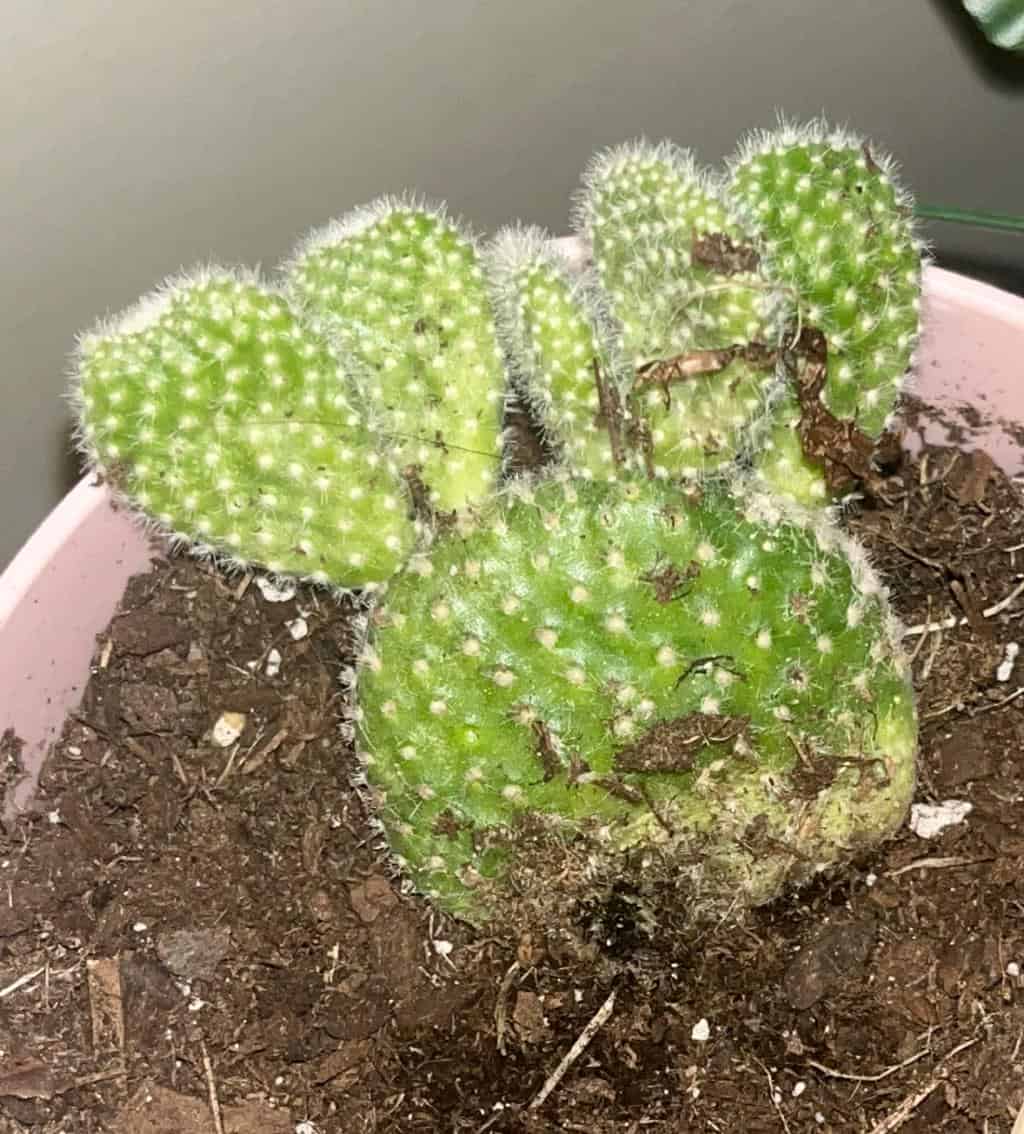
If you’re sitting at home wondering, ‘Why is my cactus squishy?’ then you have landed on the right page! In this article, I’ll be discussing why you have a soft cactus and how to fix it!
Cacti are part of the succulent family and are known for being hardy, low-maintenance houseplants. They are native to hot desert countries, meaning they can go a long time without water. However, sometimes you’ll notice something that will require urgent attention.
If you are wondering, ‘Why is my cactus squishy?’, the leaves are soft or turning yellow, this will require immediate care.
So why is my cactus squishy? There are a number of reasons your cactus will go soft. It could be down to the environment your cactus is living in, which in turn results in disease and infections. Cactus needs well-draining soil, otherwise, it will be susceptible to overwatering, injury, fungal disease, and eventually root rot. A squishy cactus can often mean root rot, and in this article, I’ll be covering all the basics, including answering ‘Can a rotting cactus be saved?’.
Why Is My Cactus Going Soft?
As mentioned above, there are a number of reasons why a cactus will go soft. It could be the environment your houseplant is kept in, the soil, the watering schedule, or injury. The most common reason for a squishy cactus will be overwatering, which leads to root rot.
Cactus Going Squishy Due to Overwatering
The first and foremost reason you’ll be asking yourself is, ‘Why is my cactus squishy?’ will likely be due to overwatering.
As mentioned above, cacti are desert plants so can go long periods of time without water. They store water in their stems, which often gives them a plump, full look. This means that they are very susceptible to overwatering.
As a rule of thumb, you should only be watering your cactus once the soil is completely dry. When you do go to water, make sure you give it a thorough soaking.
You should also ensure that the container you’re using has drainage holes and that when you water, it pours out of these holes. This is how you know you have given it some good watering. Never leave your cactus plant in a saucer of water, as this will cause root rot.
Overwatering your cactus is a common problem among plant owners and is one of the main reasons you’ll have a squishy cactus plant!
Cactus Going Squishy Due to Injury
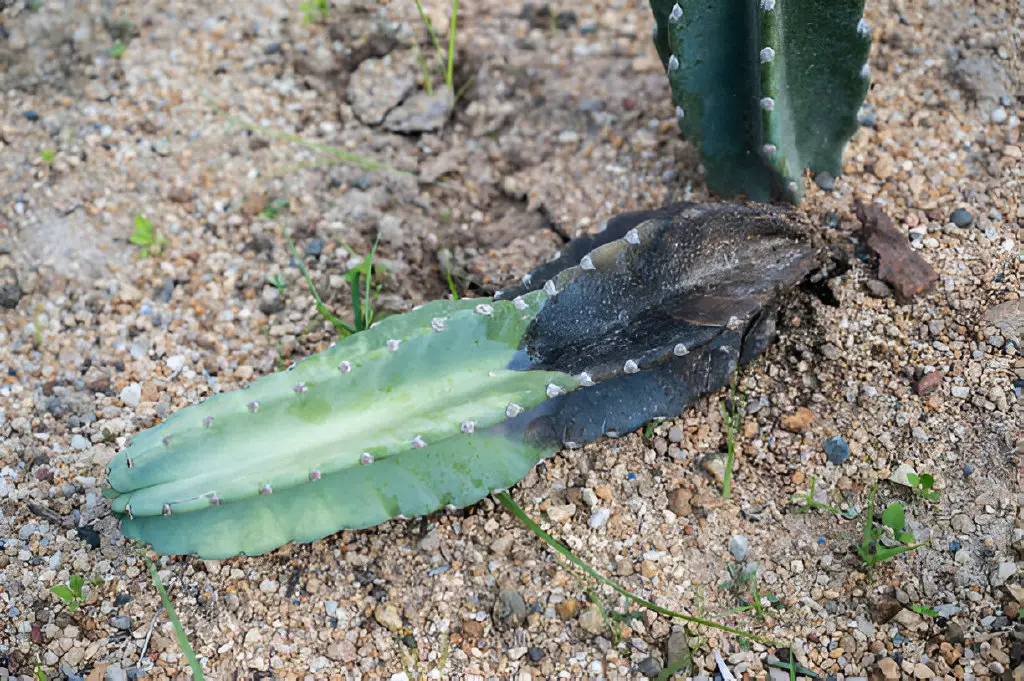
Physical injury to cacti can happen very easily, especially if you’re a pet owner. Say your cat accidentally knocks your plant over and the cactus gets a small nick in its skin. Or you unknowingly damage the roots whilst repotting.
These minor bumps and bruises can cause a lot of damage without you even realizing it. The injured parts of your cactus serve as openings that allow pathogens to find their way into plant tissue. This will cause excessive damage and will leave you wondering, ‘Why is my cactus squishy?’.
Unfortunately, it might take some time until you realize the cause of the problem.
To avoid this type of damage, you should be inspecting your cacti plant weekly to check for any open wounds. If spotted, then they should be treated immediately.
One of the best treatments is to gently rub a cleanser that contains bleach over the wound. It will take around a week for the wound to form a scab and during this time, you should avoid watering.
Cactus Going Squishy Due to Poor Drainage
As we have discussed, cacti can store and retain water in their stems. This means that they need well-draining soil to stop it from becoming waterlogged. Heavy soils retain more water, and soggy soil will lead to root rot and diseases.
There are a number of potting soil mixes available to buy. If you go to your local garden center, you’ll often find a ready-made potting mix for succulents and cactus. If you are happy to order a potting mix online, then I recommend the below soils:
The Next Gardener Organic Succulent and Cactus Soil Mix
Ingredients: 75% substrate, 25% perlite, low fertilizer.
This is my go-to cactus potting mix. In my experience, it is the best soil for a cactus plant.
The organic blend is optimized for a pH of 5.5, which is slightly more acidic than regular potting soil for houseplants. It is also extremely lightweight, well-draining, and contains 25% perlite.
I’ve used this to repot numerous cacti and succulents and have no complaints.
Hoffman 10410 Organic Cactus and Succulent Soil Mix
Ingredients: Canadian Sphagnum Peat Moss, Reed Sedge Peat, Perlite, Sand, Limestone
The blend of peat, perlite, and sand is what makes this a well-draining cactus soil. The use of limestone is what balances out the pH, and it is specially formulated for both desert and jungle cacti.
Hoffman is a well-established brand, and I have used numerous products from them in the past.
The only thing to note here is that it is fairly heavy on the organic material, so don’t be surprised if you find some rogue twigs and sticks within the mix! This is ideal for larger cactus plants, but if you have a small cactus plant then I would avoid using this soil.
Alternatively, there are some great tutorial videos on how to make your own cactus potting soil mix. I tend to buy mine online as I feel like the quality is good enough and my houseplants are always happy and healthy!
You should also be using the right container size for your cactus and make sure it has drainage holes in the bottom.
Cactus Going Squishy Due to Fungal and Bacterial Problems
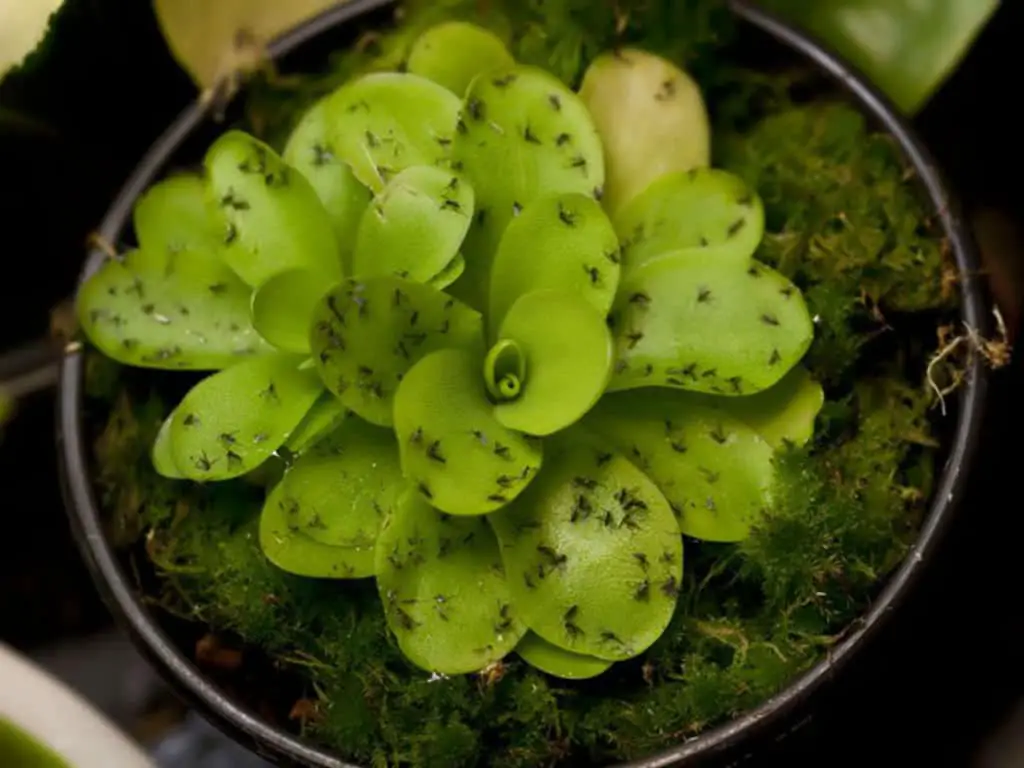
Fungal and bacterial problems will also leave you asking, ‘Why is my cactus squishy?’. These problems occur when there is an open wound on your cactus plant. Just like skin, an open wound needs to be kept clean at all times to avoid infection.
Warm and moist conditions will accelerate the production of fungal spores, and this will stimulate the production of bad bacteria.
If your cactus has a fungal or bacterial infection, you’ll first notice your cactus going soft. This will occur on the stem near the base of the plant but will quickly spread. Other signs of infection will be your cactus turning black, sunken spots, and discolored scabs!
Cactus going squishy due to root rot
The final reason you’ll be asking, ‘Why is my cactus squishy?’ will be due to root rot.
This occurs when you have overwatered your plant and the damage has gone too far. A rotting cactus is a common problem amongst plant owners. It is important to note that root rot will not go away on its own. If you think your cactus has root rot then you will need to act immediately, or your houseplant will eventually die.
The first sign of root rot that you will notice will be the cactus turning yellow. You will start to get a droopy, floppy cactus, and eventually, it will turn mushy and squishy. You might also notice your cactus shrinking if it has root rot.
If you think you might have a rotting cactus, then you should first take it out of its container to check the roots. A healthy root system will have a white, firm appearance. If the roots are brown/black and are slimy, then you will most likely have root rot!
Can a Rotting Cactus Be Saved?
There are a number of actions you can take if you have root rot. Whether or not a rotting cactus can be saved will depend on how long your plant has had root rot. If you have caught it in the early stages, then you should be able to save your cactus. If, however, you are unfortunate and the root rot has spread, you may have to propagate instead.
If your cactus is only in the beginning stages of root rot, then you should be able to save it by following these four simple steps:
- Remove your cactus from its container (remember to wear gloves!) and try to dust away as much of the soil as possible. Do a thorough inspection of which roots are still healthy and which are rotten. Remember that healthy roots will be white and firm, while rotting roots will be brown and slimy.
- If a large majority of the roots are still healthy, then you can begin cutting away at the rotten parts. You should cut away all of the rotten roots. To be on the safe side, cut right up to the white parts, as any infected root left will continue to spread throughout the remaining roots. Keep a rough estimate of the roots you are cutting.
- You’ll then need to begin cutting away at some of the cactus stems and leaves. Because you have cut away at the roots, when you repot, your cactus won’t be able to support as much plant matter as before. You should cut a similar percentage of stems to roots. Start with the squishy roots
- Once you have finished pruning, you can repot your cactus in fresh, healthy, nutrient-rich soil.
This should save a rotting cactus, and you’ll no longer be asking yourself, ‘Why is my cactus squishy?’. Root rot is super annoying, as is common amongst plant owners, but it certainly doesn’t have to mean the death of your beloved cacti.
When you inspect the roots of your cactus and the majority are infected, then you will most likely have to propagate! Although this might not seem ideal as you’ll be starting from the beginning, you will be getting a brand new baby cactus to look after.
Luckily, propagating a cactus is really easy and straightforward. You can propagate through cuttings, and the process is fairly simple. You need to take a generous cutting from your cactus, leave it for a few days to dry out, and then repot into some fresh soil!
Check out this article by Gardeners World for a really easy tutorial on cactus propagation.
Why Is My Cactus Going Squishy? A Conclusion
I hope you have enjoyed this article and you are no longer asking yourself, ‘Why is my cactus squishy?’.
A soft, mushy, and squishy cactus is not ideal for anyone! But hopefully, you now have a better understanding of why it is happening. To recap, a cactus will go squishy because of:
- Overwatering
- Injury
- Poor drainage
- Fungal & bacterial problems
- Root rot
The most common reason you’ll be asking, ‘Why is my cactus squishy?’ will be down to overwatering. As a result of this, you may end up with root rot. We have discussed whether or not a rotting cactus can be saved, and I have given you my best tips on how to go about fixing the issue.

